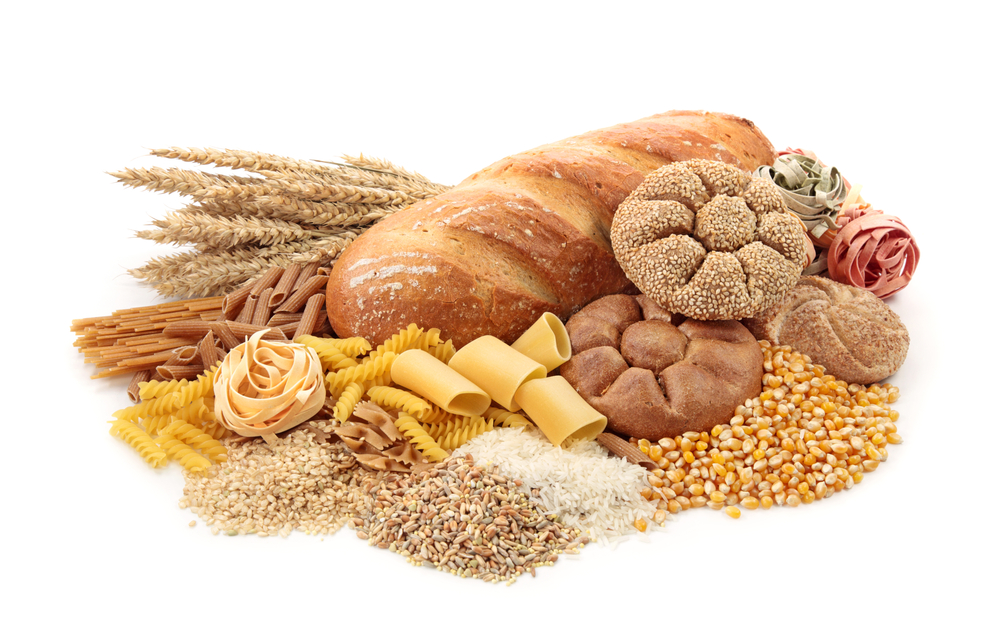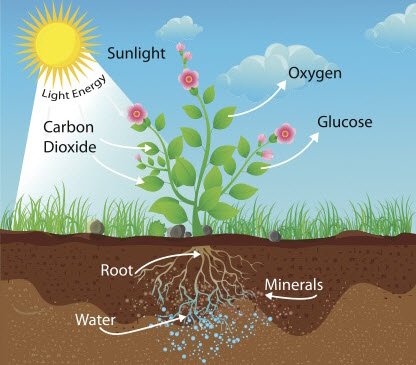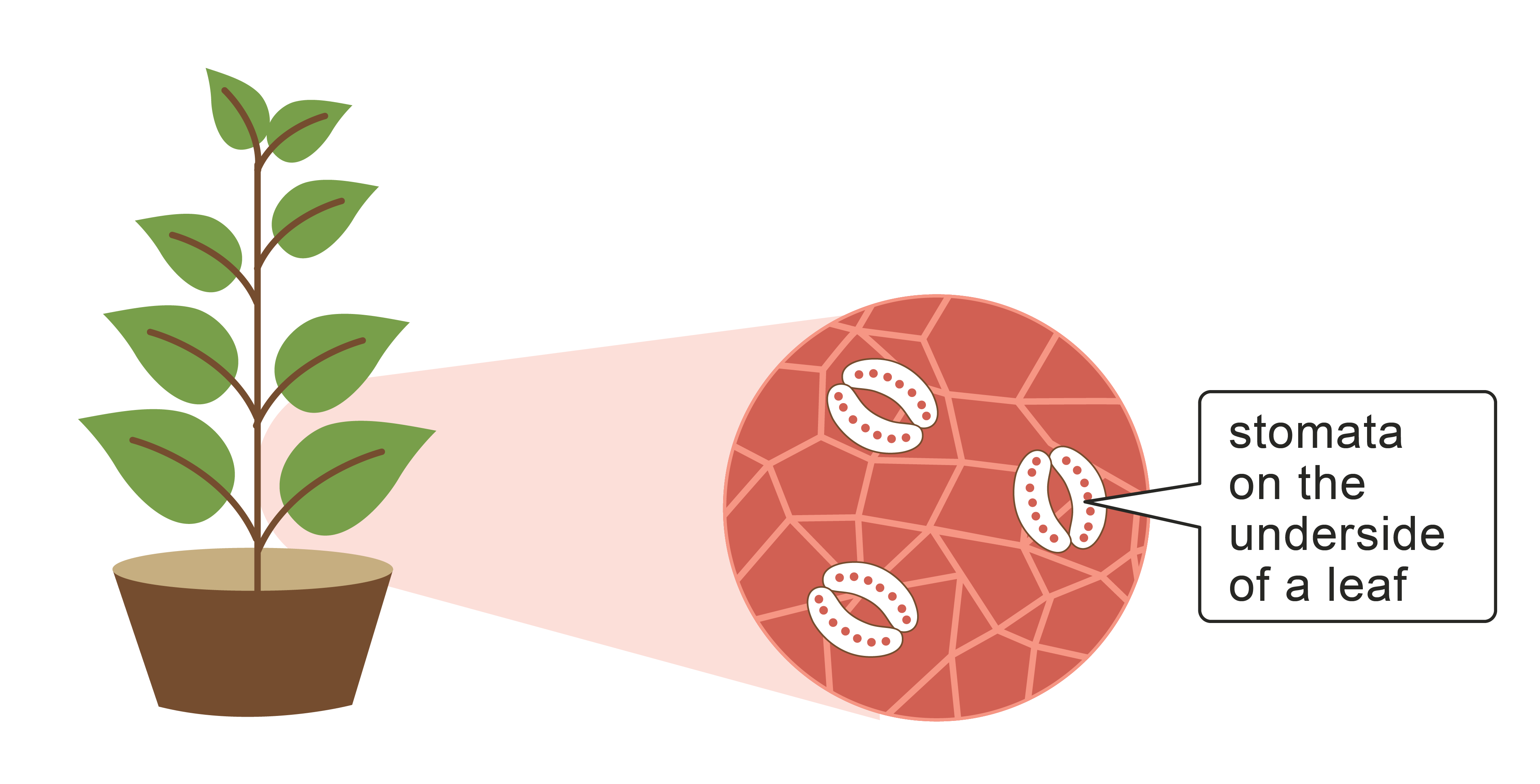Did you know that plants make carbohydrates?

When we think of carbohydrates we tend to think of food like bread and potatoes.These type of foods are called complex carbohydrates and are also known as starch.

Plants carry out a chemical process called photosynthesis. Plants have to use the Sun's light energy to do this. This means that plants can make their own food.

To make photosynthesis happen plants need the gas carbon dioxide and they need water. These are the reactants because photosynthesis is a chemical reaction. The carbon dioxide gas is absorbed by the plant through its leaves. The underside of a leaf has small holes called stomata - you can imagine it like an open door that allows the carbon dioxide to enter.

The water is absorbed by the plant's roots. The roots are made up of tiny cells called root hair cells which are very thin and made of only one cell. This helps the plant to absorb water really quickly. It also allows nutrients or minerals (such as nitrates or magnesium) in the soil that dissolve in the water to be absorbed by the plant roots too.
The Sun's light energy is trapped by a green pigment called chlorophyll which is found in structures called chloroplasts. The energy is used to help convert the carbon dioxide and water into the products, glucose and oxygen. Glucose is a sugar also known as a simple carbohydrate.
We can summarise this reaction as a word equation:

So what does the plant do with the glucose?
The glucose produced in photosynthesis has a variety of uses. Some of the glucose is used to create other chemicals needed in the plant such as proteins. Some is used for respiration (when energy is released by cells) while some glucose is changed into starch and stored in the plant's leaf, stem or roots for later use. Lots of glucose joined together in a chain makes a polymer of glucose, starch:
.png)
This starch is useful because it can also be broken back down into glucose if the plant needs it for respiration. Think of a beaded necklace that has been cut - all the beads are now free!
In this activity, we will look at how plants make carbohydrates.








